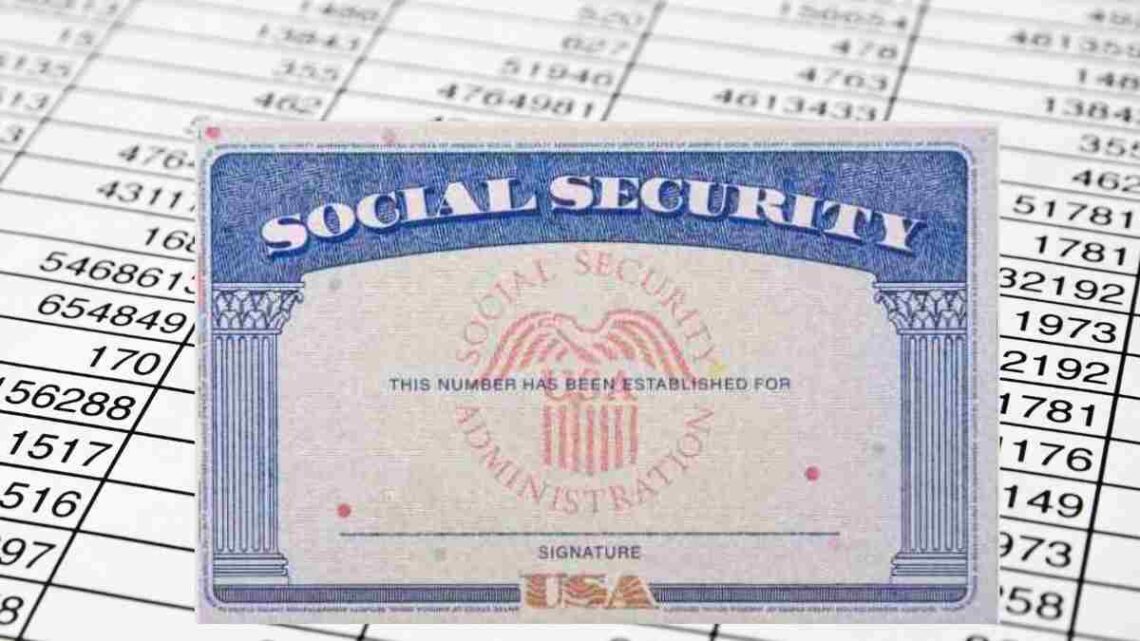The Social Security Administration (SSA) has announced that in 2025, some retirees and people who get Supplemental Security Income (SSI) or Social Security Disability Insurance (SSDI) will get a monthly check of up to $967. The SSA just recently released a 2.5% Cost-of-Living Adjustment (COLA), which is what caused this rise.
If you get retirement, widow, disability, or SSI benefits, or think you might, you should stay up to date on this new payment and the requirements you need to meet to be eligible.
Official payment dates for the new $967 check
Supplemental Security Income (SSI) recipients already know when they will get their extra money because of the raise. Starting next year, the COLA will cause changes to this program, which helps more than 7.5 million Americans. After the 2.5% rise, payouts will look like this:
- Individuals: The monthly payment will rise from $943 in 2024 to $967 in 2025.
- Eligible married couples: Payments will increase from $1,415 in 2024 to $1,450 in 2025.
- Essential persons: These individuals will see an increase from $472 in 2024 to $483 in 2025.
SSI is a program run by the Social Security Administration that helps people with low incomes, older adults, and disabled children by giving them money. SSI recipients will get paid on November 1 and November 29.
The November 29 payment is an early December payment because the regular December date happens on a weekend. Also, on December 31, another early payment will be made to cover the benefits for January 2025 because of the end-of-year holidays.
How will the COLA affect other Social Security beneficiaries?
The SSA gives regular payments to people who are eligible for the Retirement, Survivors, and Disability Insurance (RSDI) program in addition to SSI. This includes retired workers, people with disabilities, and the families of workers who have died.
The amount of money each person gets from this program is based on their full retirement age (FRA), their work experience, and how much they have paid into Social Security over the years.
The SSA uses these factors to figure out a person’s monthly payment once they are accepted into the program. This amount is changed every year to keep up with inflation. During times of high inflation, this change is especially important. The COLA makes sure that people on fixed incomes, like retirees, don’t lose buying power over time.

Impact of the COLA on Social Security programs
The main goal of the Cost-of-Living Adjustment (COLA) is to help people whose wages depend on Social Security deal with the effects of inflation. Without this change, beneficiaries’ buying power would slowly drop every year. This would make it harder for them to meet their basic needs and raise the risk of poverty for this vulnerable group.
The COLA has been used regularly since 1975 to keep Social Security payments from losing value over time. Before that, any raises had to be approved by the legislature. The automatic adoption of the COLA helps make sure that people who get Social Security get enough help without having to wait for politics to get in order.
Other changes stemming from the COLA
The Cost-of-Living Adjustment changes more than just how much money people get. It also has an effect on other important parts of the Social Security systems. For example, each time the COLA goes up, the amount of money a disabled person can make without losing their benefits is changed. This is called Substantial Gainful Activity (SGA).
The income and resource limits that a person or family must meet to get SSI are also changed. The worth of each Social Security credit is also changed.
The change to the highest taxable income is another important change. This means that people who are still working and making more than a certain amount will have to pay taxes on a bigger chunk of their income next year, because the SSA has set new limits.
The COLA’s broader role in economic stability
The COLA doesn’t just keep up with inflation every year. It is also very important for keeping the finances of people who depend on Social Security services stable. The change protects people who benefit from the change from the financial stress that can come from rising prices for things like food, healthcare, and housing.
The Consumer Price Index for Urban Wage Earners and Clerical Workers (CPI-W) is used to figure out the COLA. Its effects are felt by a much wider group of people, making sure that older people, people with disabilities, and survivors can pay for their daily needs without falling behind on their finances.
This change has an impact that goes far beyond the people who directly benefit. Indirectly, families of beneficiaries also gain because they often give extra help. When someone who gets Social Security payments can pay for more of their own expenses, their family doesn’t have to take on even more debt. This effect has a ripple effect that helps families and groups deal with their money problems.
Even though a 2.5% raise may not seem like much, for many people on fixed incomes, even a small increase can make a big difference. With it, people can better handle unexpected costs, like sudden increases in medical bills, energy bills, or other living costs that could put them in a tough financial situation otherwise.











Leave a Reply